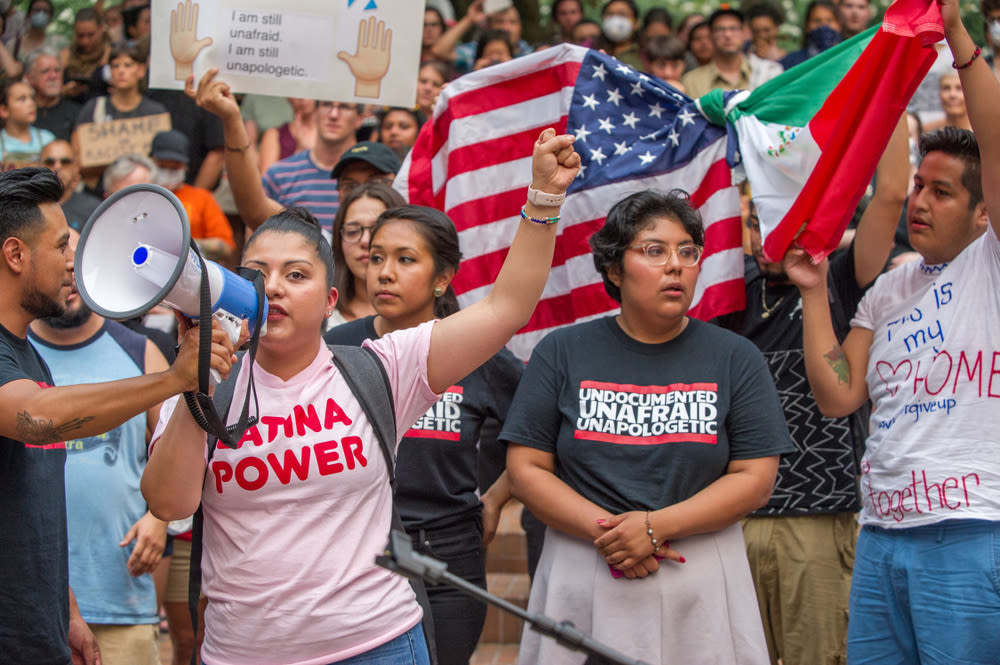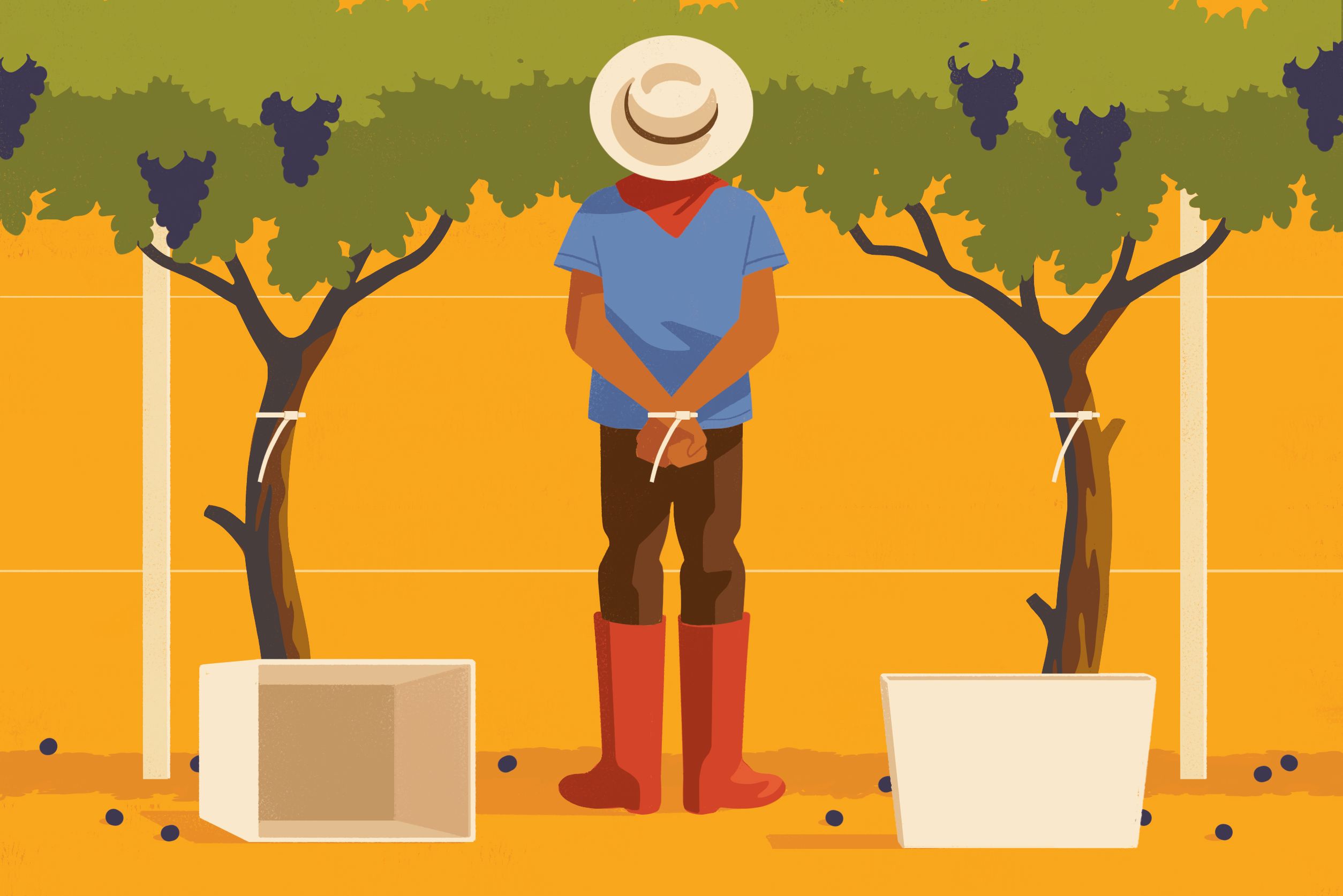Oregon’s Getting More Diverse, According to the US Census

The Hispanic/Latino population jumped in Oregon between 2010-2020, according to new census data released Thursday.
Image: Diego G. Diaz/Shutterstock
Oregon’s persistent reputation as one of the least diverse states in America is starting—ever so slightly and slowly—to crumble.
According to new census data released on Thursday, the state is now 71.7 percent white (That number dips down slightly in Multnomah County, which is 65.7 percent white.)
That’s still a clear majority, ranking us in the bottom half of the nation in terms of diversity. But it’s a definitive change from 2010 census results, when 78.5 of Oregonians were white. As a nation, we are 58.7 percent white.
The fastest growing demographic groups in the state, as in the country at large, were Hispanic/Latino and those from multiracial backgrounds. Nearly 14 percent of Oregonians identify as Hispanic/Latino, up from 11.7 percent in 2010, while 6.1 percent said they were multi-racial, up from 2.9 percent in 2010.
Other demographic groups saw slower or stagnant growth. According to the census, 1.9 percent of Oregonians are Black, up from 1.7 percent ten years ago, and 4.5 percent of the state’s residents are Asian, up from 3.6 percent.
Overall, per census data released in April, the state gained in population (4.2 million, up from 3.8 in 2010), with particular growth in Multnomah, Washington, Clackamas and Deschutes Counties. Growth was much less pronounced in the state’s more rural reaches, all of which has clear implications for the ongoing process of redistricting—drawing political boundaries within which to elect state and federal legislators. An accurate population count is also important for federal funding: each person is worth an estimated $3,200 a year in federal aid for the next 10 years, money that can go to schools, roads, social services and affordable housing, among other programs.
The 2020 census had plenty of hurdles to overcome, from the Trump administration’s repeated attempts to underfund the once-a-decade citizen population count and attempts to add a “citizenship” question to the data to the onset of the COVID-19 pandemic, which made it difficult—though by no means impossible–to collect data. There’s also ongoing concern about undercounts of traditionally hard-to-reach populations, including households with Black, Indigenous and other people of color.
But census bureau officials contended Thursday that the data is sound.





